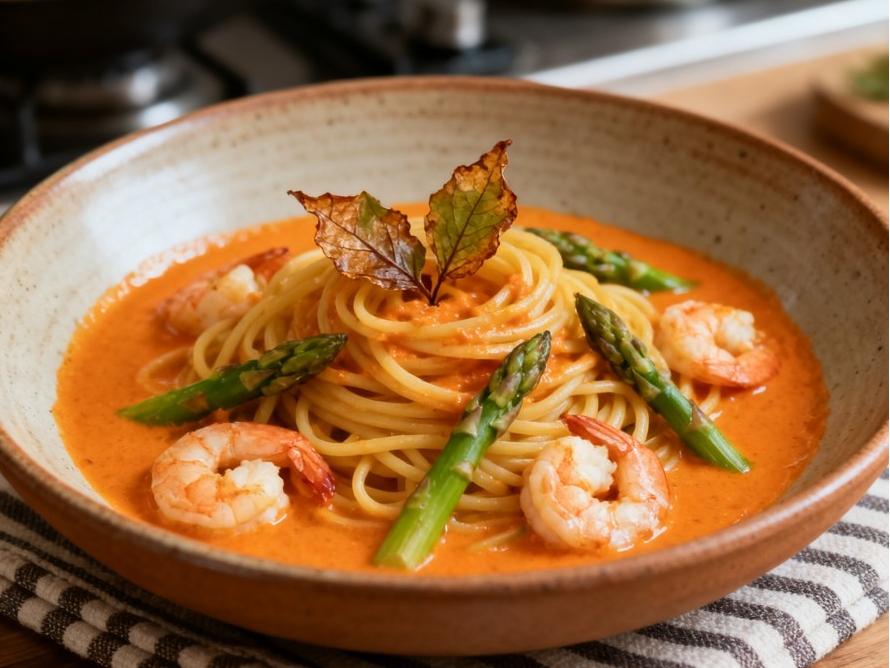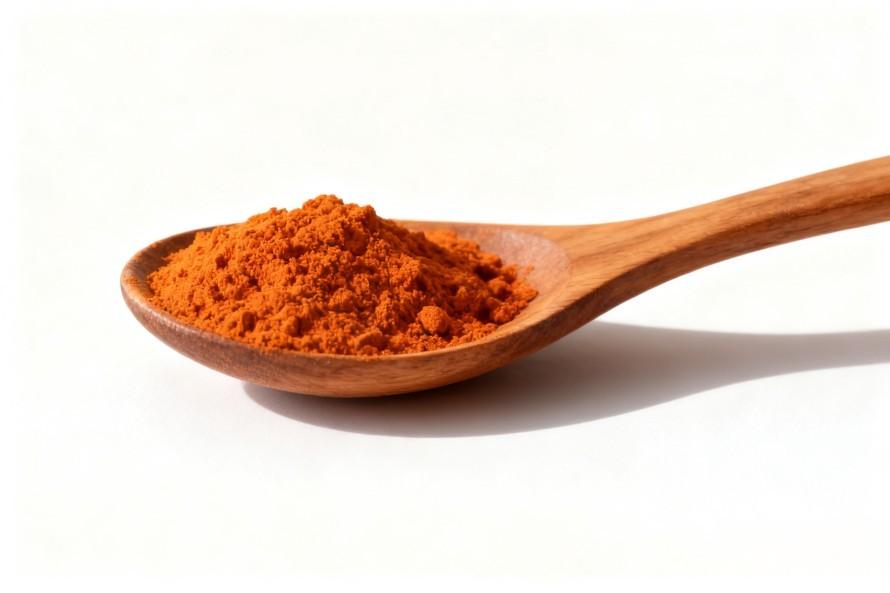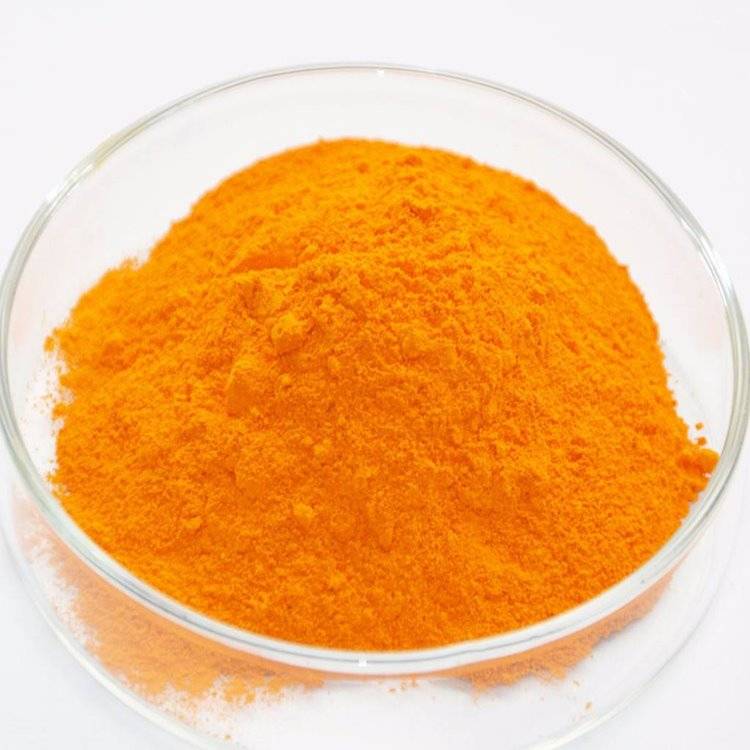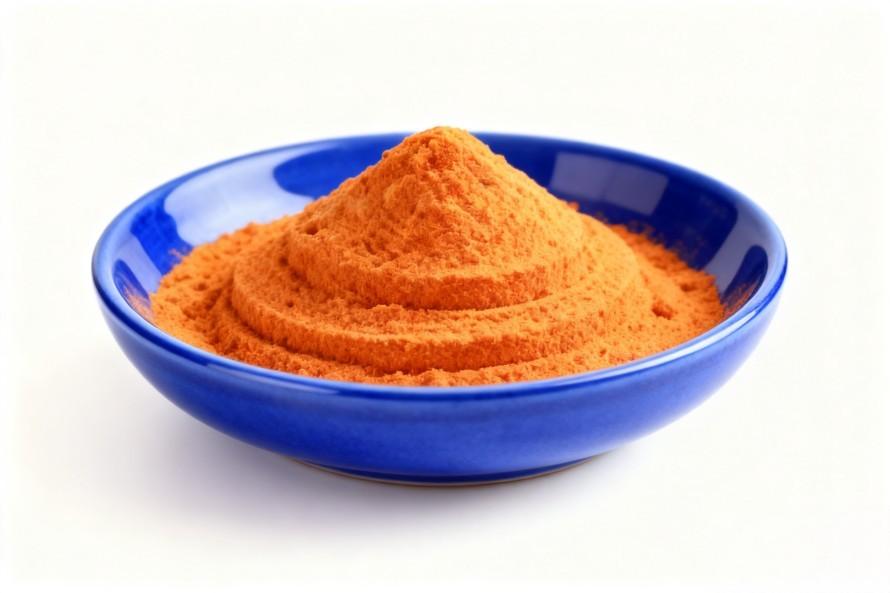Natural Beta-Carotene for Gel Candies Delivering Uniform Color Without Spotting
When you eagerly cut into a new batch of gelatinous candies only to find them marred by unsightly orange spots and color streaks; when you strive to create a premium, transparent functional candy yet repeatedly face setbacks due to pigment migration and sedimentation—these aren't just defective product data in quality control reports, but direct damage to your brand image.
These persistent issues, stemming from the poor compatibility and dispersion of traditional β-carotene raw materials within gel candy systems, have long plagued confectionery manufacturers striving for perfection—until now.
Now, Green Spring Technology proudly introduces a revolutionary solution—the “Candy” Series Specialized β-Carotene. Engineered at the molecular level, this product completely overcomes the challenge of uniform dispersion in viscous gels. It delivers exceptional results: “ready to use straight from the bag, dissolves instantly in gel, with uniform color and zero spotting.” Every single gel candy you produce will showcase flawless, impeccable texture.
1 Why is achieving perfect coloring in gel candies so challenging?
In the pursuit of high-quality gel candies, the coloring process often proves the most uncontrollable variable. While β-carotene is an ideal natural pigment and nutritional fortifier, its inherent physical properties trigger a series of “chemical reactions” with candy manufacturing processes, specifically manifested as:
★ Compatibility Barrier: The Natural Antagonism Between Oil and Water
The matrix of gelatinous candies is fundamentally a hydrophilic colloidal system dominated by water (e.g., gelatin, pectin, carrageenan), while traditional β-carotene is strictly lipophilic. This fundamental polarity difference makes it difficult for oily pigment particles to disperse uniformly within the hydrophilic colloid. They readily repel and aggregate, ultimately forming stubborn, visible color spots.
★ Process Challenge: Dispersion Difficulties at High Viscosity
The candy mixture exhibits extremely high viscosity before cooling, severely limiting pigment flow and diffusion. Conventional β-carotene powders or oils often fail to disperse completely in this environment, even with vigorous stirring. Tiny pigment clusters become trapped within the colloidal system, forming persistent streaks and color spots—the primary culprits behind reduced product yield.
★ Stability Risk: Quality Deterioration During Shelf Life
Even if uniform color is initially achieved, traditional ingredients may introduce new issues during candy storage. Unstable pigment particles may migrate or settle, causing uneven coloration in candies or leading to cloudiness and precipitation in transparent candies. This severely impacts the product's visual appeal and consumer trust throughout its shelf life.
2 Green Spring Technology's ‘Candy’ Design Philosophy
Faced with the triple challenges of coloring gel candies, generic beta-carotene ingredients have proven inadequate. Green Spring Technology firmly believes that only solutions specifically tailored for the confectionery system can fundamentally resolve these challenges. To this end, Green Spring Technology has assembled elite R&D talent to launch the ‘Candy’ series, featuring comprehensive innovation from formulation to process.
The exceptional performance of this product series stems from the support of three core technologies:
2.1 Surface Modification Enables Perfect Compatibility
Green Spring Technology employs patented hydrophilic surface treatment to precisely modify β-carotene particles. This process effectively coats the inherently hydrophobic pigment particles with a “hydrophilic mantle,” significantly enhancing their affinity and compatibility with hydrophilic colloids like gelatin and pectin. This fundamentally eliminates aggregation caused by oil-water repulsion, laying the molecular foundation for achieving uniform, spot-free coloration.
2.2 Micro-Encapsulation Technology Overcomes High-Viscosity Dispersion
Addressing the high viscosity of candy formulations, Green Spring Technology standardizes pigment particles through microencapsulation and pre-dispersion processes. This not only effectively shields against light and oxygen but also ensures each minute pigment particle can move and disperse effortlessly, rapidly, and independently within the viscous colloid. Without relying on extreme shear forces, it achieves a silky-smooth, uniform distribution, eliminating streaks and color spots caused by uneven mixing.
2.3 Three-Dimensional Stabilization Architecture, Locking in Vibrant Color
‘Candy’ constructs a three-dimensional stable network within the system. This technology effectively suppresses pigment particle Brownian motion during shelf life, fundamentally preventing color migration and sedimentation. Whether your product is transparent or emulsified, it guarantees the initial vibrant, vivid yellow hue remains consistent throughout the entire shelf life, stable and uniform.
Key Performance Indicators (Green Spring Technology Laboratory Data):
· Dispersion Uniformity: In standard gelatin solutions, batch-to-batch ΔE color difference <0.5, with no visible spots or streaks.
· Thermal Stability: After processing at temperatures exceeding 80°C, color retention rate ≥98%.
· Shelf-Life Stability: In accelerated testing at 37°C, no color migration observed within 90 days, with color intensity decay rate <3%.
3 Green Spring Technology Delivers Transformative Advancements for Gel Candy Manufacturing
The launch of Green Spring Technology's ‘Candy’ Series β-Carotene represents not only a technological breakthrough but also a comprehensive value upgrade for gel candy manufacturers. Selecting this specialized ingredient grants you four core advantages:
3.1 Exceptional Quality for Flawless Appearance
The ‘Candy’ series ensures every batch achieves exceptionally uniform color distribution. Whether in transparent pectin gummies or opaque gelatin candies, it delivers a flawless appearance—free of spots or streaks, with rich, vibrant hues. This consistent high-quality performance significantly elevates product prestige, boosts consumer appeal, and drastically reduces returns and complaints caused by cosmetic defects.
3.2 Enhanced Efficiency, Optimized Production Costs
Thanks to its outstanding dispersion properties, the ‘Candy’ series significantly reduces mixing time and lowers energy consumption. In practical applications, customers report approximately 40% higher dispersion efficiency compared to traditional ingredients, substantially boosting production line efficiency. Simultaneously, its exceptional stability markedly reduces defective product rates during production, effectively controlling overall manufacturing costs.
3.3 Simplified Processes, Lowered Application Barriers
Green Spring Technology's specialized formulation design allows the ‘Candy’ series to seamlessly integrate into existing production workflows. Perfect coloring effects are achievable without requiring additional equipment investments or complex process adjustments. This greatly facilitates new product development, accelerates time-to-market, and lowers the learning and operational barriers for technical personnel.
3.4 Stable and Reliable, Safeguarding Brand Reputation
Rigorously validated through stability testing, the ‘Candy’ series ensures consistent color retention, zero migration, and no fading throughout the entire shelf life. This dependable performance not only maintains product competitiveness but also safeguards long-term brand reputation, eliminating concerns about quality risks stemming from pigment issues.

4 Application Guidelines and Success Stories
The value of Green Spring Technology's ‘Candy’ Series β-Carotene has been validated in production practices across multiple renowned confectionery enterprises. The following application guidelines and case studies will help you better understand how to integrate this innovative ingredient into your production system.
4.1 Application Guidelines
◆ Recommended Process Parameters
· Addition Timing: Add when the gelatin is fully dissolved and syrup temperature has dropped to 70-80°C
· Agitation Conditions: Complete dispersion achieved within 5-8 minutes at standard mixing speeds (200-400 rpm)
· Compatibility Range: Suitable for all gel candy systems with pH 3.0-5.5
◆ Formulation Recommendations
· Recommended Dosage in Gelatin Systems: 0.1%-0.3%
· Recommended dosage in pectin systems: 0.08%-0.25%
· Excellent compatibility with citrus, mango, pineapple, and similar flavors
4.2 Success Case Studies
Case 1: International Gummy Candy Manufacturer
This company previously struggled with β-carotene causing color spots in transparent gummies. After adopting Green Spring Technology's ‘Candy’ series:
· Defect rate reduced from 5.2% to 0.8%
· Mixing time shortened by 35%
· Achieved perfect color consistency across batches
“This is the first β-carotene product we've tested that truly works for transparent gummies,” remarked their R&D Director. “It completely resolved the color spotting issue that had plagued us for years.”
5 Partnering with Green Spring Technology to Create a Perfect Candy Future
Green Spring Technology is committed to becoming the most trusted partner for global candy manufacturers. We not only provide exceptional raw materials but also offer comprehensive technical support and solutions to help your products stand out in the market.
Contact us to receive:
Professional Technical Team Support
· One-on-one technical services from senior application engineers
· Complimentary formulation optimization and production process consultation
· Prompt technical troubleshooting and after-sales support
Comprehensive Customer Service
· Rapid sample provision and product trial support
· Flexible product customization services
· Stable supply chain assurance and expedited delivery
Multiple Contact Channels
· Company Phone: +86 29 88313578
· Mobile Hotline: +86 13649243917
· WhatsApp: +86 13649243917
· Business Email: helen@greenspringbio.com
· Official Website: https://www.greenspringnatural.com/
Take Action Now
Visit our website to explore product details or contact our technical sales team directly for complimentary samples and technical documentation.
References
[1] Zhang Yan, Shi Wei, Wu Yanyan, et al. Optimization of extraction process conditions of β-carotene from white lotus flower powder [J]. Food and Fermentation Technology, 2011, 47 (3): 68-71.
[2] Wu Yanmiao, Zeng Youlin, Xie Xianglin, et al. Study on the extraction and purification process of β-carotene from low-grade tea [J]. China Resources Comprehensive Utilization, 2010, 28 (1): 21-24.
[3] Yao Ping, Jiang Xiuying, Zhou Xiaoqin. Preliminary study on the extraction of β-carotene from spinach by supercritical CO2 [J]. Jiangsu Agricultural Science, 2012, 40 (12): 302-303.
-
Prev
Boosts Your Functional Food with Natural Ingredient Beta-Carotene
-
Next
Natural Beta Carotene Ingredient Elevates Animal Nutrition Formulas


 English
English French
French Spanish
Spanish Russian
Russian Korean
Korean Japanese
Japanese






